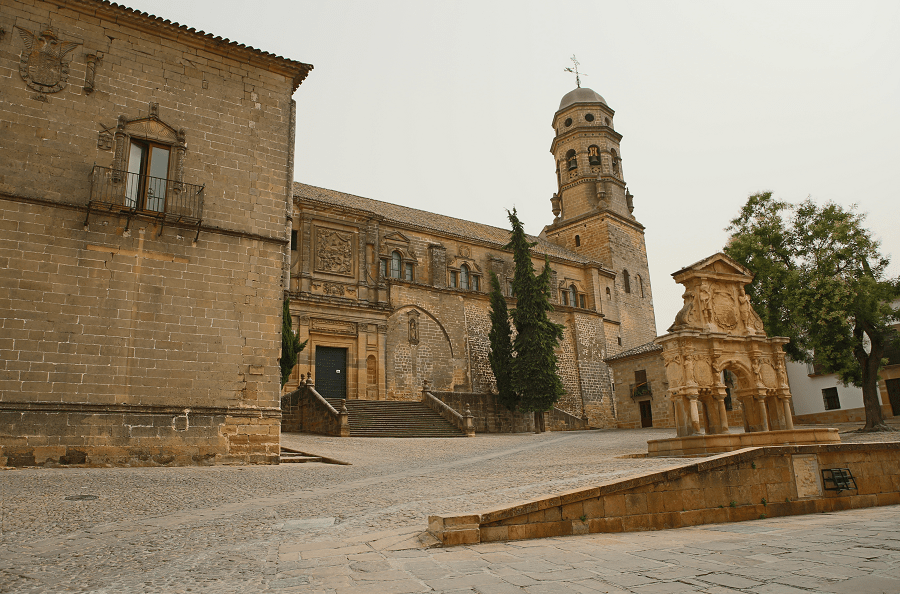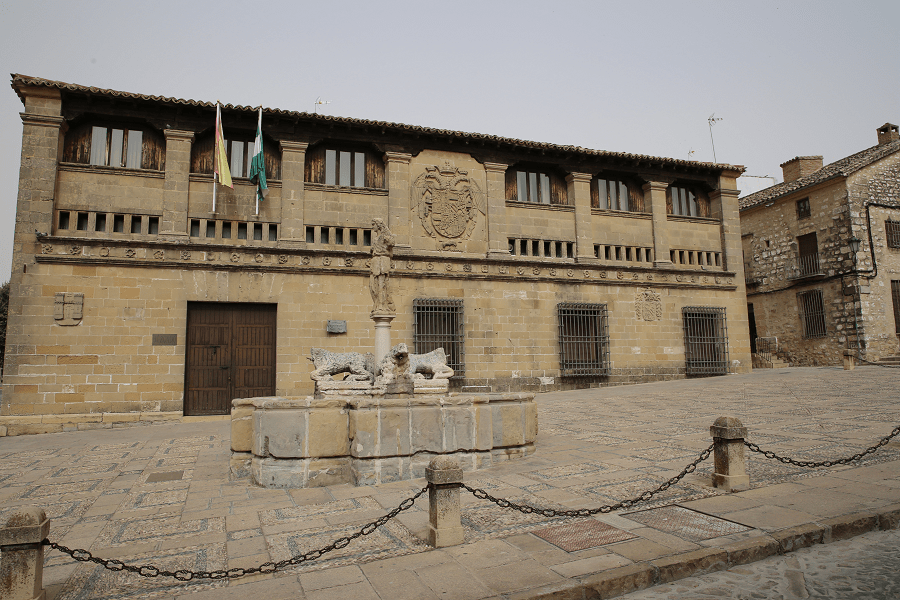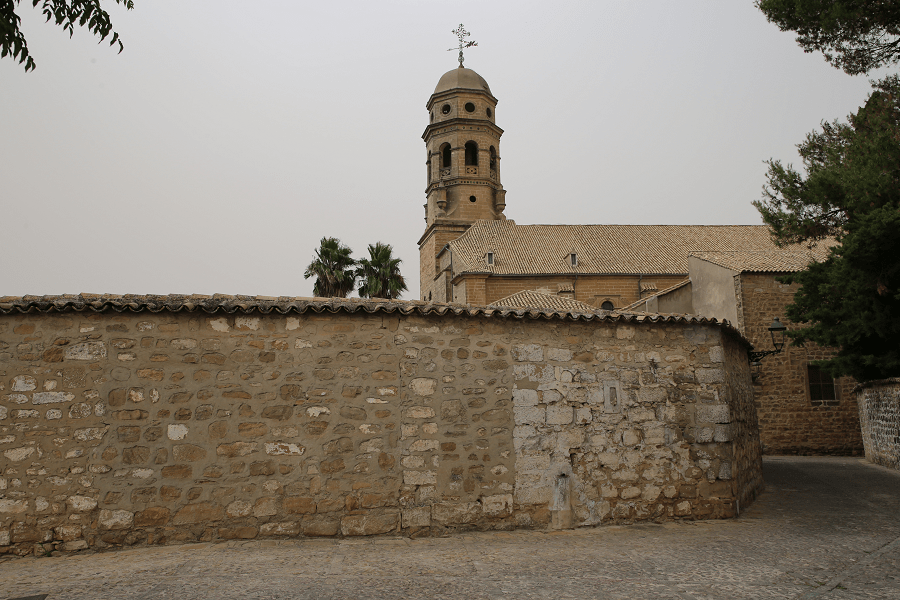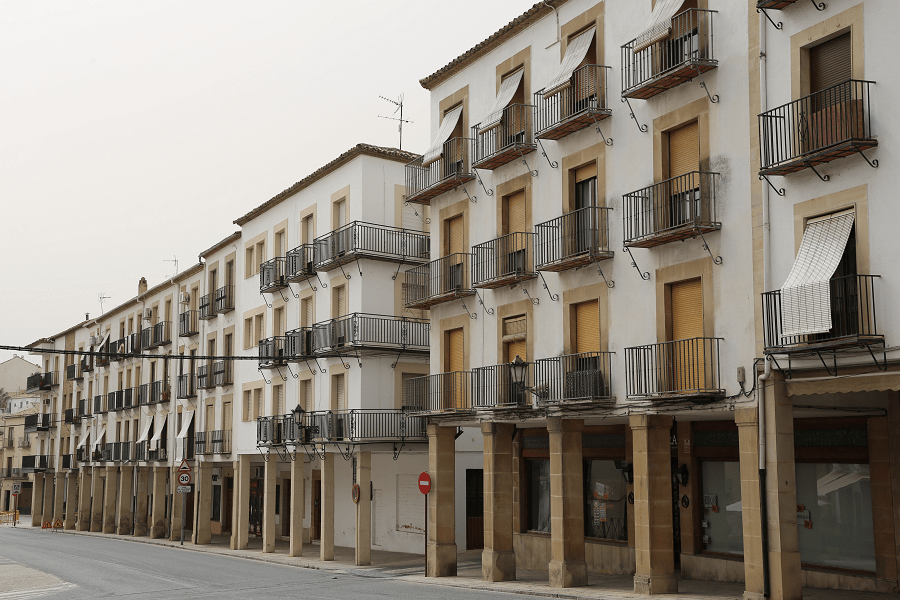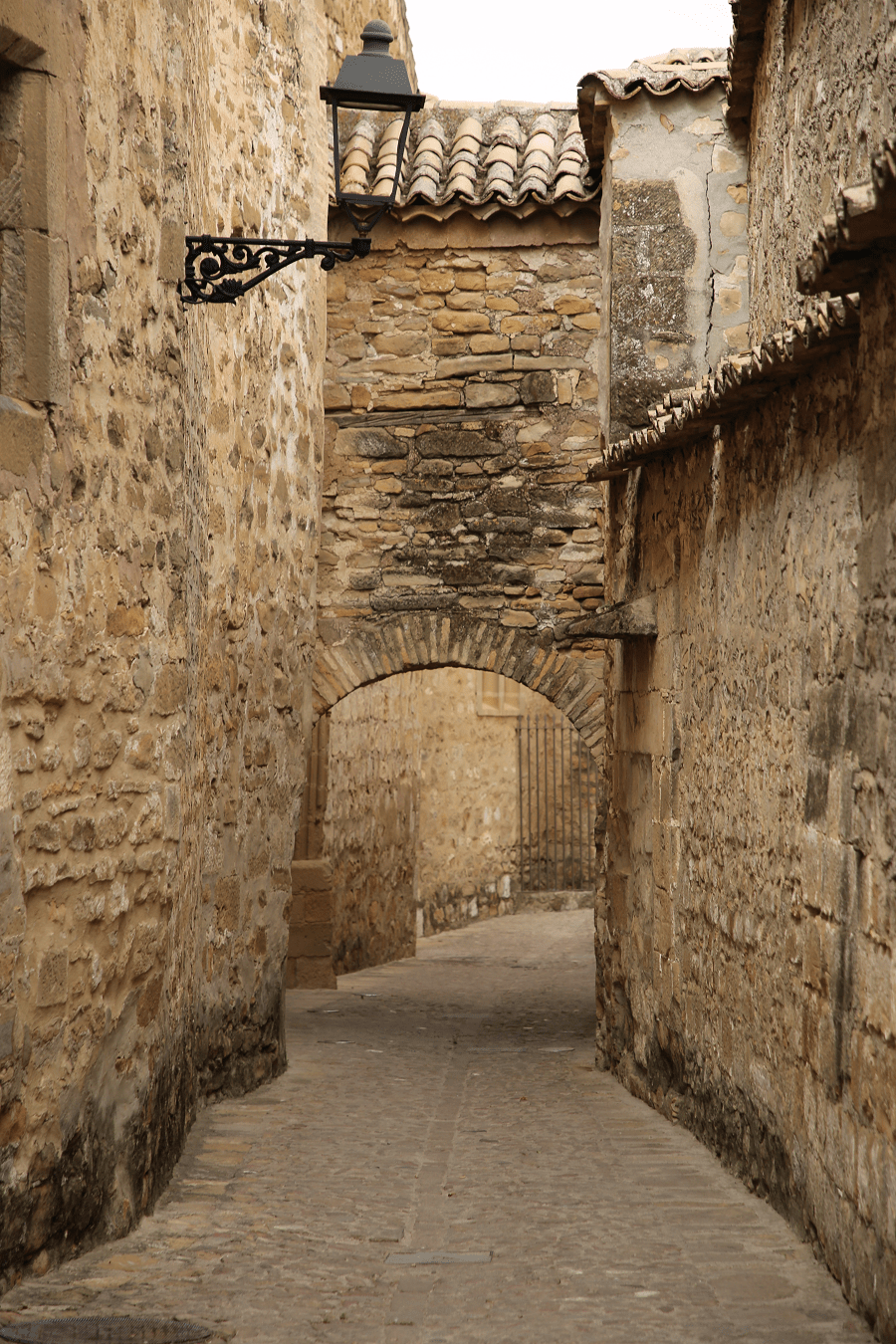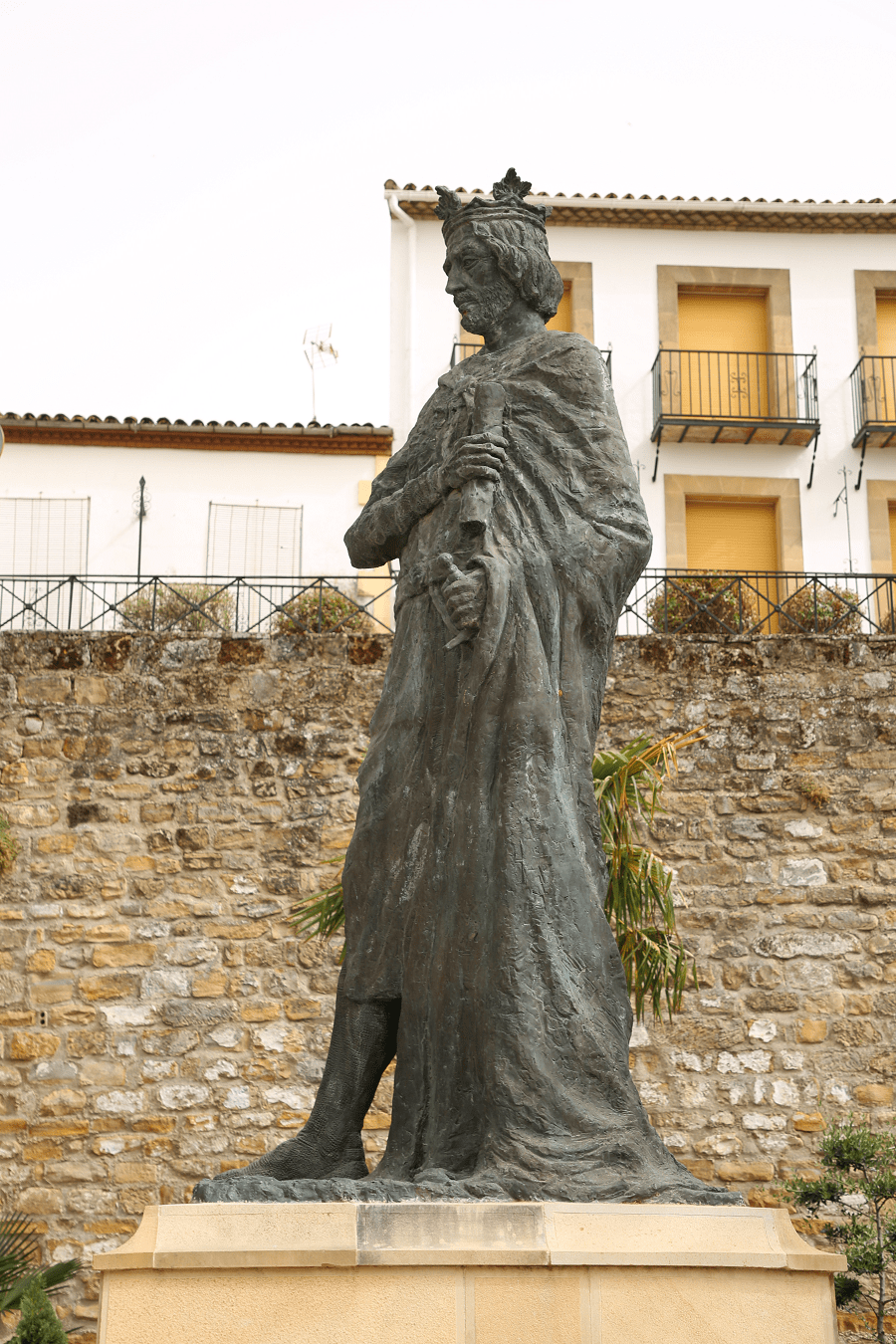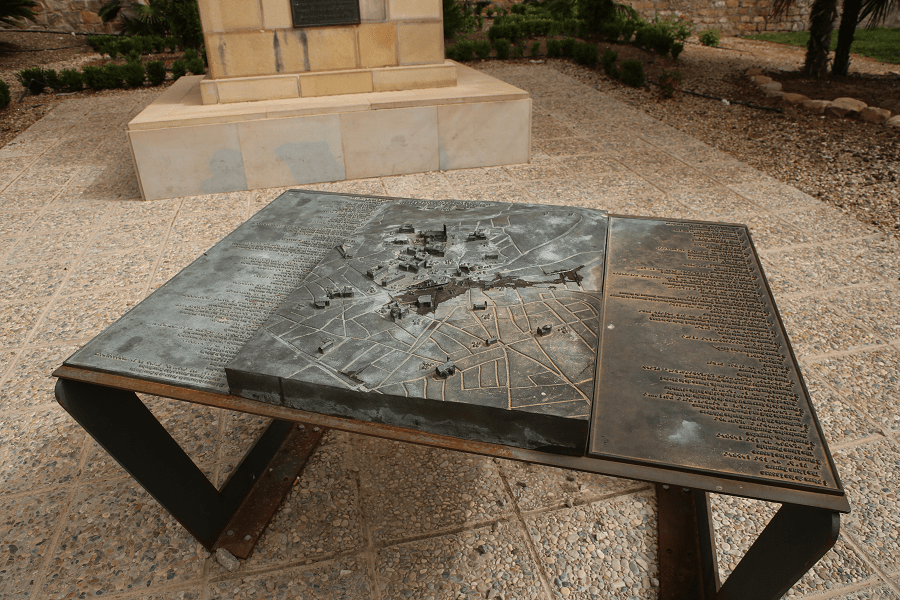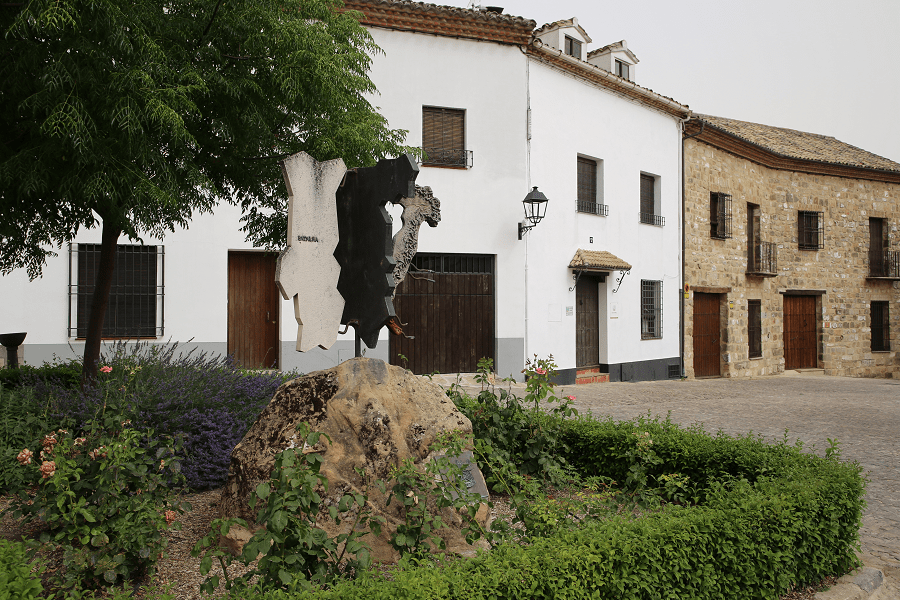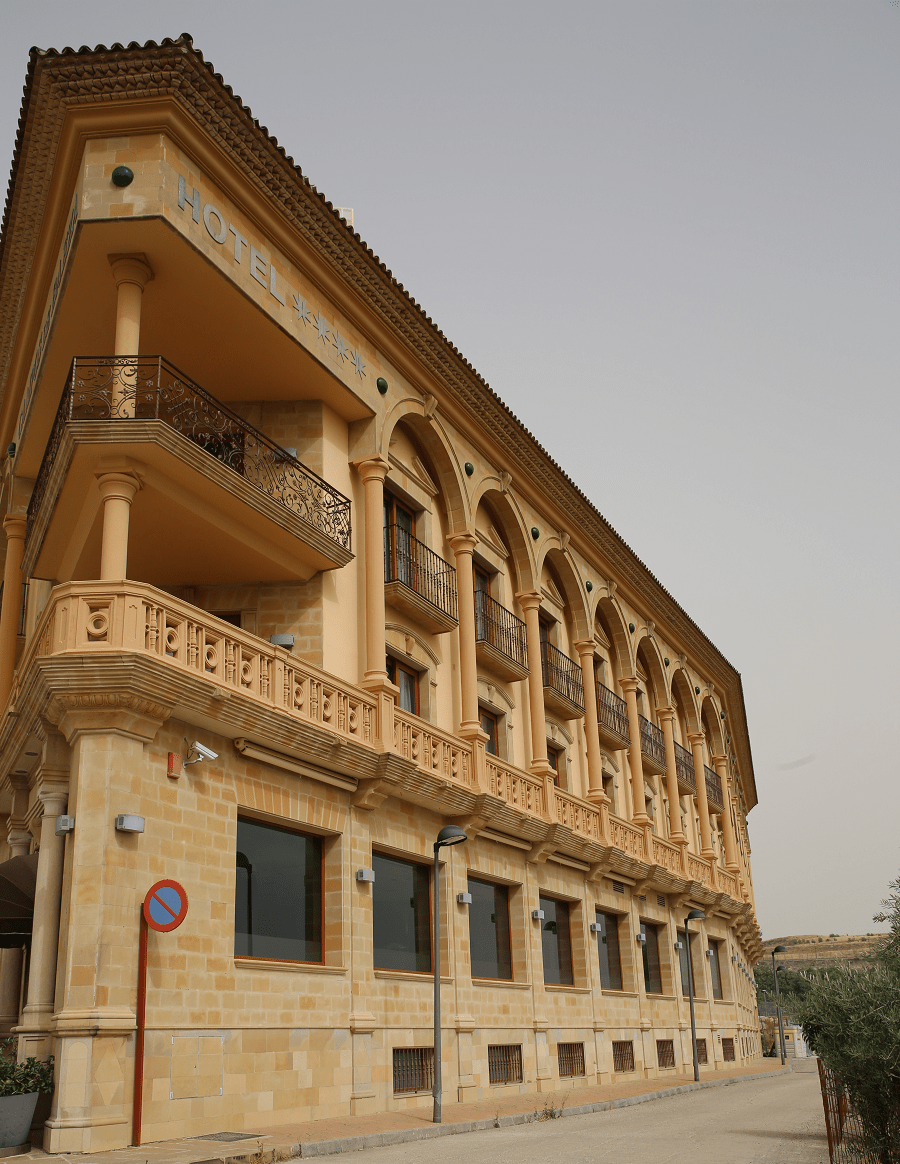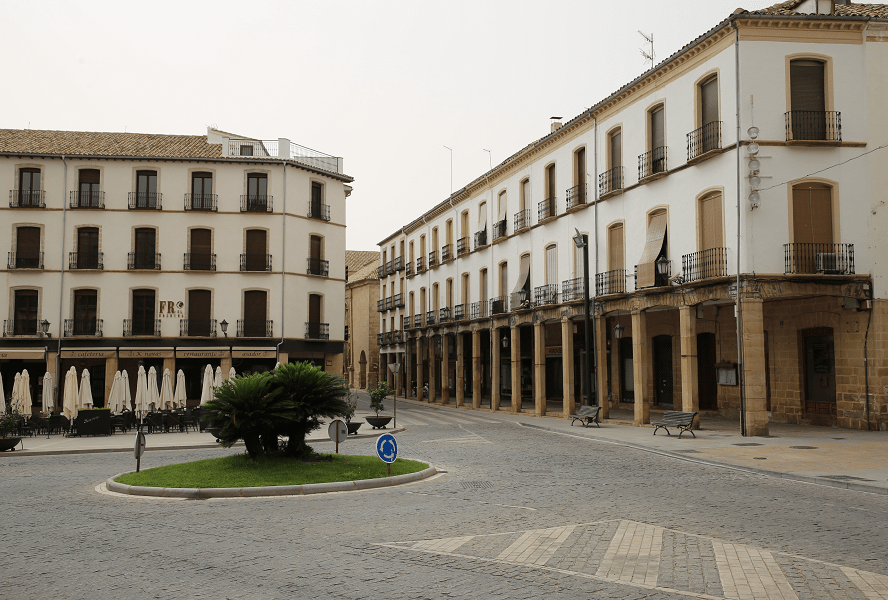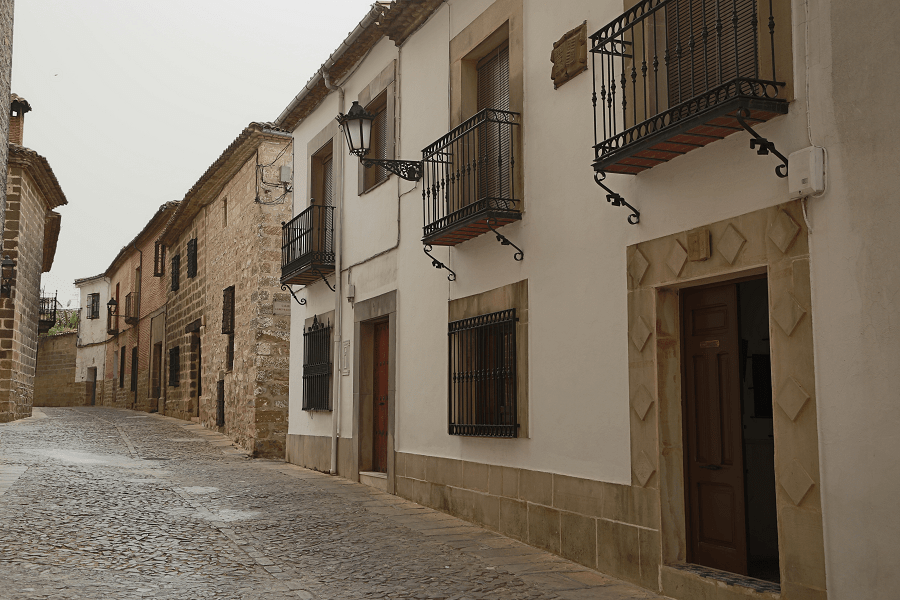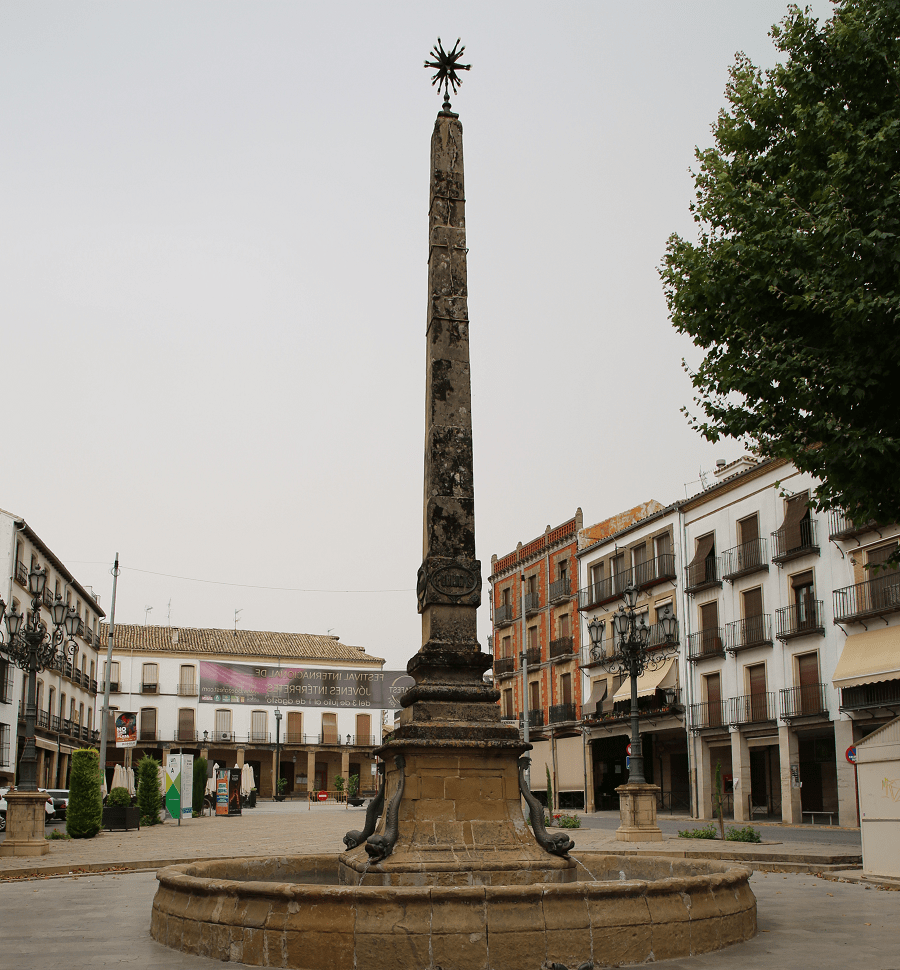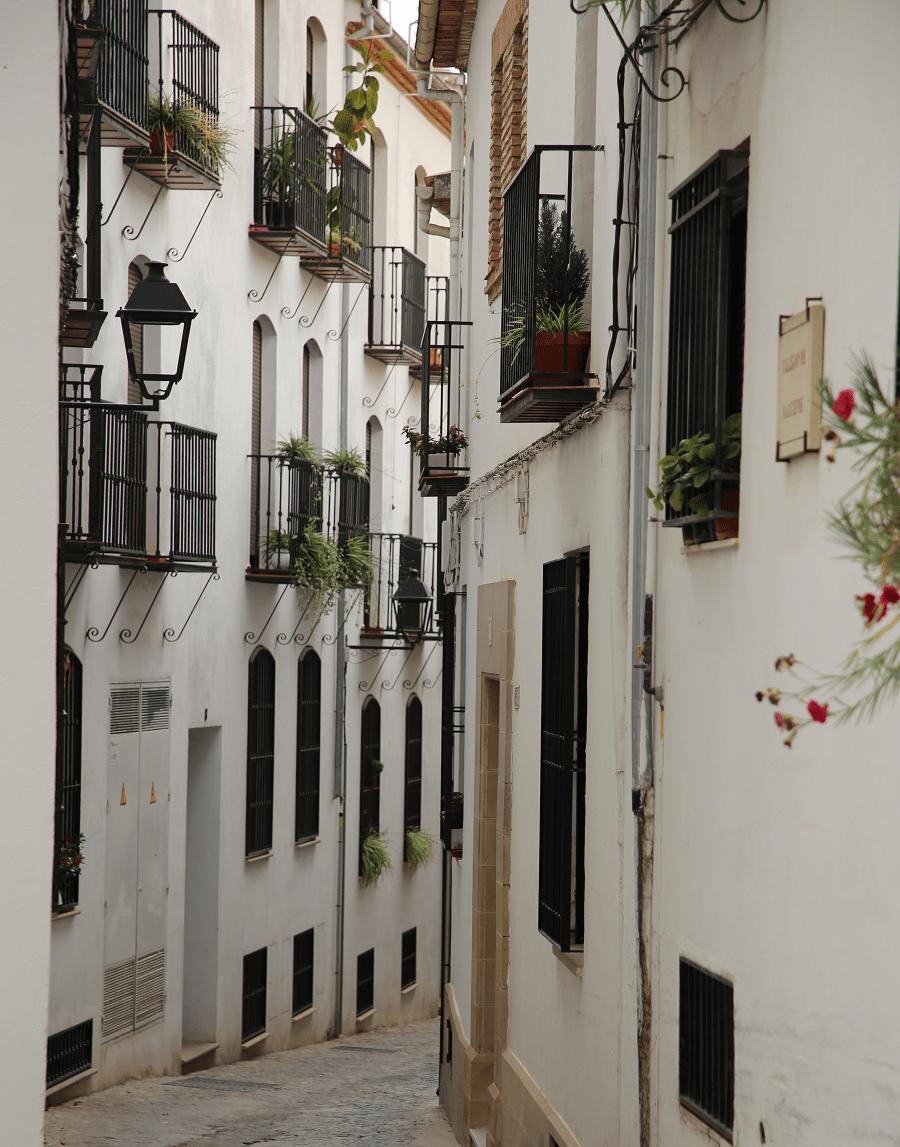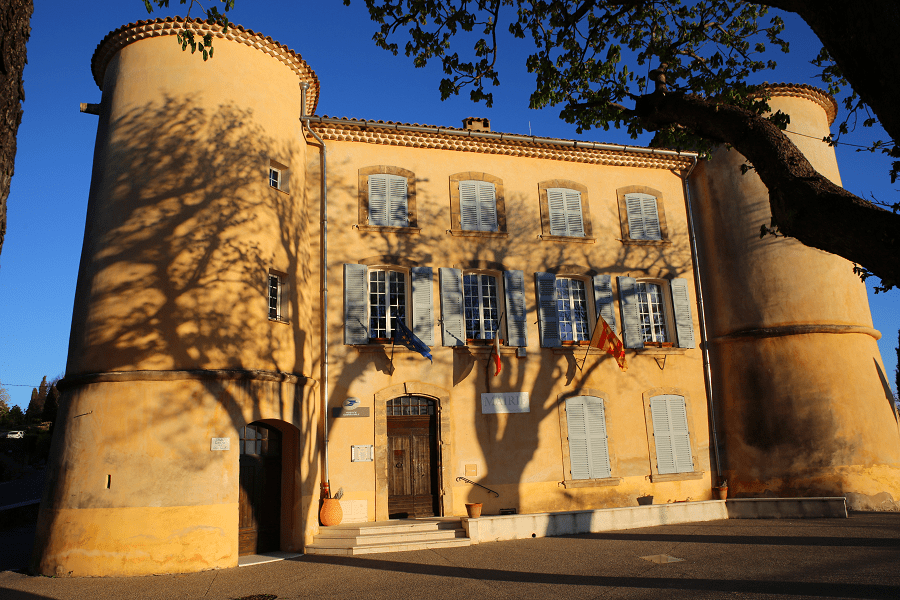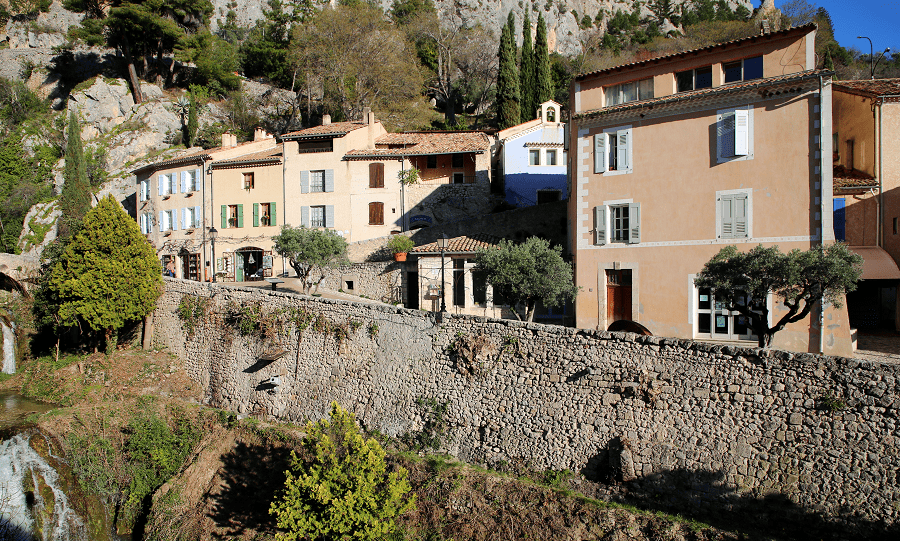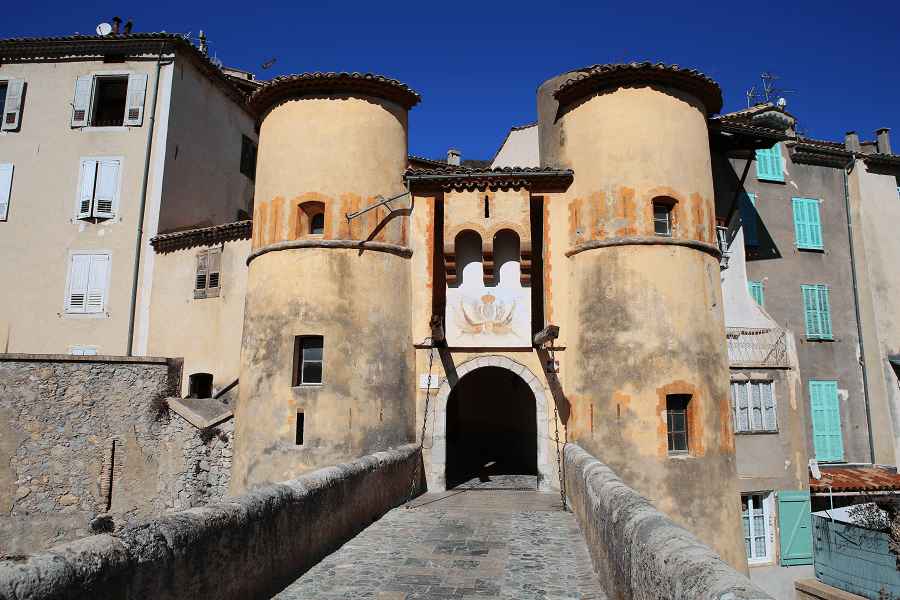Baeza is a city and municipality in Spain, in the province of Jaén, in the autonomous community of Andalusia. It is integrated in the region of La Loma and is a head of the judicial district of Baeza.
On July 3, 2003, UNESCO declared the Renaissance monumental complexes of Úbeda and Baeza a World Heritage Site.
In addition, it stands out as an olive oil production center.
During the period of great demographic and economic growth that represented most of the 16th century, and even in part of the 17th century, Baeza built its public and administrative buildings with a high sense of capital city.
Tourism and main attractions
Baeza sits on the land that has been continuously inhabited, at least since the Bronze Age. For this reason, and despite the successive destruction suffered by buildings from all periods, the city still retains an outstanding monumental heritage in which various cultures, periods and artistic styles are represented. In Baeza you can see remains of the Bronze Age, the Roman Period, and Visigothic, Islamic and Christian Hispania.
However, the richest monumental heritage preserved corresponds to the various artistic styles present in Christian Baeza: from the late-Romanesque and Gothic, to the Renaissance, Baroque and Neoclassical.
The Cathedral of the Nativity of Our Lady: built on the old mosque that (according to historical tradition) had in turn been built on a previous Visigothic temple, it was the first consecrated in Andalusia on the occasion of the Castilian reconquest.
The Gothic Chancelleries or High Town Halls: seat of the city council between the end of the XV and XIX, when the municipal council moved its headquarters to the old mayor’s palace.
The Fountain of Santa María: located in the center of the square, it was built in 1564 to mark the completion of the water supply works to the city.
The Seminary of San Felipe Neri (1660).
To the north of this complex, and next to the Puerta del Barbudo, is the headquarters of the old Santísima Trinidad university, another important modern-age ecclesiastical institution. The building is Mannerist in style (late 16th century) and consists of a cloister, around which the university units are organized, and a large chapel.
The Ruins of the parish of San Pedro: Romanesque church of which only the apse and considerable remains of the north portal (within private property) are preserved.
The Ruins of the parish of San Juan: late-Romanesque church of which only the three apses, the wall on the side of the Gospel and the capitals and bases of its six columns are preserved. Recently, these remains have been consolidated and their access open to the public.
The Church of Santa Cruz: the latter is located in the square of the same name in front of the Jabalquinto Palace, one of the emblems of Baeza.
The old center is also full of other palaces and mansions of interest, such as the Casa de Avilés (mid-16th century), the Casa de los Galeote (second half of the 16th century), the Casa de los Ávila (early 17th century), the Casa de los Fuentecilla, the Casa de los Canónigos, the Palacio de los Obispos (all from the 18th century) or the Rubín de Ceballos Palace (early 19th century).
The layout of the historically known wall, and of which important elements still remain, obeys an Islamic design from the XI century. However, the preserved buildings respond more to later Christian reconstructions.
The Plaza del Pópulo (or Los Leones) is immediately to the north of the walled city and to the west of El Paseo, organized around the Puerta de Jaén, the only construction of the square belonging to the wall; the other buildings of the same have been added at different times.
The Arch of Villalar: directly after the Puerta de Jaén, it was erected on the occasion of the visit of King Carlos I (1526) and commemorates the royal victory in the battle of Villalar.
La Casa del Pópulo: Plateresque building that housed the civil court and public notaries; today, tourist office.
La Antigua Carnicería (16th century): moved to its current location in the 1960s. Today it fulfills the functions of the courthouse of the Baeza judicial party.
The Tower Aliatares (or the Altars): It is 25 meters high, with battlements copied from the Villalar Arch and it boasts the city’s public clock.
The Puerta de Úbeda: one of the main ones on the wall; protected by its albarrana tower, today it only conserves one of its arches, the other two having been dismantled in XIX.
Best restaurants
There are two Michelin list restaurants in the city:
Taberna Canela en Rama, Comendadores 6, 8 – 19 EUR • Traditional Cuisine
Palacio de Gallego, Santa Catalina 5, 30 – 55 EUR • Traditional Cuisine
How to get to?
Baeza is 327 km south of Madrid by highway, from Seville 2 hr 52 min (272 km) via A-4.
The Linares–Baeza RENFE railway station is 15 km away to the southwest; it lies on the Linares–Almeria line.
There are bus connections to Granada, Málaga, and Madrid.
Granada (132 km) and Málaga (241 km) are the nearest international airports.
Main information
Area: 194 km² (municipality)
Coordinates: 37°59′00″N 3°28′00″W
Population: 15 791 (municipality)
Languages: Spanish
Currency: Euro
Visa: Schengen
Time: Central European UTC +1



